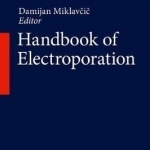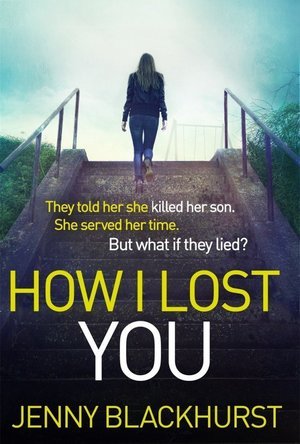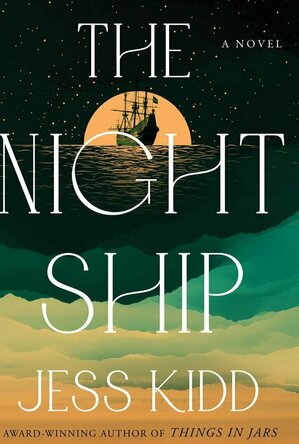Daniel Boyd (1066 KP) rated Killing Eve in TV
Oct 22, 2018 (Updated Oct 22, 2018)
There are a few twists and turns that keep you guessing, but there are also a lot of spy story clichés present in the series. These aren't too offensive though, as I don't think that the show's main focus is to break the mould when it comes to spy thrillers, but instead to take its audience in an exciting espionage story while giving us some laughs along the way.
Speaking of which, the humour in this show doesn't take away from the gripping narrative, but instead adds to the show's charm. I will admit that it took me a while to get fully on-board with the show's off-kilter tone and quirky humour, but thankfully more of it lands than misses.
I am not familiar with the source material, so I am not sure how accurately it has been adapted. I don't even know if the novel contains the same odd tone or humour. It has intrigued me enough to go and read the book though, which is always a good sign.
Overall, this is a fun spy thriller. It is not going to break the rules of the genre, but it will keep you engaged throughout and give you a couple of laughs for good measure.

Pitch Black: The Story of Black British Footballers
Book
When Paul Canoville took to the pitch for Chelsea in 1982, he was prepared for abuse. When the...

Handbook of Electroporation: 2017
Book
This major reference work is a one-shot knowledge base on electroporation and the use of pulsed...

Winning Go: Successful Moves from the Opening to the Endgame
Peter Shotwell and Richard Bozulich
Book
Master the game of Go with this expert guide. Go is a two player board game that first originated in...

Johns Hopkins Textbook of Cardiothoracic Surgery
David Daiho Yuh, Luca A. Vricella, Stephen C. Yang and John R. Doty
Book
This is the landmark guide to adult cardiac, congenital cardiac, and general thoracic surgery -...

Berek and Hacker's Gynecologic Oncology
Jonathan S. Berek and Neville F. Hacker
Book
Get the evidence-based, practical guidance you need to provide state-of-the-art care to women with...

Every Breath You Take (Under Suspicion, #5)
Book
“Queen of Suspense” Mary Higgins Clark and Alafair Burke are back with their fourth book in the...
Hazel (2934 KP) rated How I Lost You in Books
Jun 20, 2020
The book starts with a letter written by convicted child killer Susan Webster to the Parole Board seeking early release from her prison sentence that was handed down following her conviction for the murder of her 3 month old son, Dylan ... a murder she has absolutely no recollection of but had to admit she committed the crime because everyone was telling her she did. On release, Susan, now called Emma, is making attempts to rebuild her life however when she receives a picture of a toddler called Dylan, she starts to ask questions and so begins Susan/Emma's search for the truth of what actually happened on that fateful day.
Written mainly from the perspective of Susan/Emma with flashbacks of other characters, it's told at a good pace with good tension and twists. The characters are excellent and well developed but if I have one gripe, it's that Susan/Emma is a little naive and quick to trust despite her situation of having to live under a new identity to protect herself which I found a little odd.
Overall, I found this a gripping story that had me captivated until the end and I will most definitely read more from this author.
Thank you to Headline via NetGalley for my copy in return for an honest and unedited review and I can only apologise that it has taken me so long to get round to reading it.
Leanne Crabtree (480 KP) rated Devil's Paw (Imp, #4) in Books
Jan 6, 2021
A Romance Reader's Reviews
3.5 stars.
This has been borrowed from the Kindle Unlimited library.
Once again, this is a book that has been on my wish list on Amazon for several years. 2017, I think, when I read an anthology containing books 1-3 and really enjoyed them.
This one starts with Sam preparing for Wyatt's birthday. She's got him a special gift - his sister that was stolen at birth and switched with a changeling. Wyatt is over the moon at having his real sister back and is determined to help her get used to life in the human world.
On another note, Sam is now the Iblis and has to write reports for every human she kills - both accidentally and on purpose - and go before the board of Angels to explain herself. One of these times is after she is attacked by an angel, a mage and two human thugs working together. Yet no one believes her claims.
On yet another note is that someone or something is killing demons and devouring their souls, leaving behind their husk all over the Americas and Sam is the prime suspect. Gregory eventually believes her and tries to clear her name.
I've been wanting something to happen between Sam and Gregory for a while in this series, so I was very happy indeed when things progressed in this one.
I'm not going to go into any more detail but that ending has me wanting to read the next one. I need to know what happens next with Sam and co.
ClareR (6054 KP) rated The Night Ship in Books
Dec 12, 2022
The story switches between the two children, and I couldn’t wait to read about each perspective. Mayken is a happy, curious child, who is desperate to explore the world below decks - which due to her status, she isn’t supposed to do. So she enlists the help of a cabin boy and disguises herself. Mayken searches for a monster below decks, the Bullebak, as things start to go wrong on the ship. But it soon becomes apparent that the threat doesn’t come from a monster.
Gil doesn’t want to live with his uncommunicative, distant grandfather. He doesn’t want to fish with him either. And her certainly doesn’t want to talk about what happened with his mother. He finds solace in his friendships with an ancient tortoise called Enkidu, and Silvia Zanetti, the wife and mother of his grandfathers enemies, Frank and Roper (the latter sounds like he should be locked up, to be honest).
I absolutely loved this book. Mayken and Gil are both such tragic characters who only need someone to care for them. It’s a magical story, made more so by the imaginations of the two children. It’s a shame that the real world has to encroach on them.
Highly recommended.




Lee (2222 KP) Oct 23, 2018